Leaderboard
Popular Content
Showing content with the highest reputation on 06/01/24 in all areas
-
The newly updated USNS Henry J. Kaiser AI Ship MOD is coming soon! The Italian AI Ship Mod pack is still a WIP. The Comandati Class Frigate is complete. Testing in progress. Stay Tuned! Thank you all for your patience.13 points
-
I just wanted to give a quick shout out to whoever wrote the manual for the AH-64. I feel as though a lot of the earlier ED manuals were incredibly dry and full of ultimately useless technical info that would be more useful to mechanics and engineers than aircrew. The AH-64 manual, on the other hand, is written in a way that's much more practical and digestible, and which takes the time to explain concepts in a way that's engaging and player-friendly versus reading like a technical manual. It feels as though they've taken some good cues from Chuck's Guides. Appendix A which concisely articulates the various different flows for pretty much every major action you'd want to take in the cockpit is especially useful and appreciated. So yeah... awesome work, whoever put this together.5 points
-
5 points
-
5 points
-
Okay, so first of all, the ext tank lamps on the warning panels indicate that the fuel valve to the external tank is open while nofuel flow is sensed. Whenever something opens the valve but nothing flows, the lamp goes on. The question now is, when is thr valve opened and when closed. Let's assume normal operation. The corresponding valves are opened the moment you put the triangle switch to outboard or center, commanding fuel from the external tanks. So lets say you put it to CENTER. Now, imagine that the tanks (1, 3 and 5) your external center tank is connected to are currently full. Obviously in this case nothing will flow from your center tank, as there is nothing to fill up. The valve is open, but no fuel flow, lamp goes on. After some time, tank 1, 3 and 5 arent full anymore and the center tank starts transferring. The lamp goes off. However, the ext tank transfers so fast that after just a few seconds, tank 1, 3 and 5 are full again. Transfer stops, lamp goes on again. Under normal conditions, the indications can only show you ext tanks empty if the lamp stays on without interruption for around 2mins and the fuel totalizer is going down without being filled up. (The fuel that matters is tank 1, 3 and 5, but u cant see them directly) Let's now talk about non standard situations. Even if you do not have the triangle switch set to any external tanks (or perhaps don't even have ext tanks loaded), some situations will cause the valves to open. Whenever you have the AAR door open, all ext tank valves are opened. The same happens when the fuel in tanks 1+2 go below a certain threshold (iirc 2300 lb), which happens somewhere around 3-4k lbs total indicated (unless u trapped fuel in a wing tank, then more). In this situation, the plane activates an emergency mode called "automatic fuel transfer" which overrides your switch settings and force-opens all valves (including the ext tank valves) to force any trapped fuel to transfer. Recall the the lamps go on whenever the valves are open but no flow is senses. That means that when you do AAR or run ibto this low fuel situation, you are likely to see all 3 lamps to illuminate. To sum it up, the lamp indicates someone wants fuel from the ext tank but is currently not getting any fuel from the ext tank. But you can't differentiate that directly from the normal situation that the internal tanks (1, 3, 5) are currently all full enough and hence don't accept fuel. I might also add that unless you ran into an abnormal situation or are flying neg G full AB, tank 1 doesn't play that much of a role in the above, since it is directly fed from tank 2, 4 and 6 as well. So its usually always full. Tank 3 and 5 however only get refilled from external or wing tanks. So their status primarily dictates when your ext tanks can actually fill up something in practice.5 points
-
Hey, sorry, ja, hab irgendwie das Update vergessen. Liegt aber auch daran, dass Pläne sich während der Ausführung ändern. Hab‘ dann doch zuerst den Driving Seat gebaut, da ich zu der Zeit einen kleinen DCS Blues hatte und total im Beam.NG Fieber war. So sieht es jetzt aus… Super stabil, Verbindungsteile sind alle von Motedis, die Compound-Profile von ITEM. Beides sehr empfehlenswert. Ich würde empfehlen die geplante Konstruktion vorher einmal am Computer (am besten CAD wenn möglich) zu skizzieren wegen den Abmessungen und der Materialliste. Hab‘ ich gemacht - und trotzdem hat sich bei der Montage herausgestellt, dass ich die Sitzaufnahme „überkonstruiert“ habe. Würde ich beim nächsten mal anders gestalten, bleibt jetzt aber erstmal so. Theoretisch sollte der Sitz verstellbar sein, praktisch ist er es nicht. Alles andere (Lenkrad höhe, Pedal tiefe etc.) aber schon.4 points
-
Yes. Open your input lua, locate the bind and change our knob_inc_dec(...) function used there to the knob_inc_dec_variants(...) function (and add the slow/fast speed values accordingly). You can also wait for the next patch where we fixed that already :)4 points
-
4 points
-
Correct. They did, until they didn’t. Background: the US Navy F-4 Phantom IIs used a boundary layer control system that blew air over the leading edge wing slats. Much like the F-104, this system used compressor bleed air to enhance low speed control of the aircraft. Land based F-4Es retained this system upon introduction in the late 1960s. Because of this, certain F-4E manuals still reference this system. In 1972, a project researching wing slats for the in-development F-15 yielded benefits for the F-4. Thus, the “Agile Eagle” wing slats project was applied to the Phantom II. Starting in 1972, leading edge slats were fitted to improve low speed handling: this change addressed USAF issues with bomb-laden F-4s entering buffet and spins once they turned to drop ordnance. The leading edge slat system replaced the boundary layer control system. The leading edge slats are essentially “standard equipment” on F-4Es now, including the version produced for DCS. Different operators converted to slat wings at different timescales as early block F-4Es (before block 48 IIRC) were pulled in and retrofitted for slats. The Japanese Air Self Defense Force reviewed conversion and opted to decline slat wing upgrades, so their F-4Es were the last fleet to retain the boundary layer wing.4 points
-
Hey, you guys are correct, this appears to be a bug in the doppler gate setting.4 points
-
Hey Ryan, good to hear you enjoy the F-16C yes just the sniper pod for end of early access, there are some other features planned after and tweaks and bug fixing will continue with everyone's great feed back. thank you4 points
-
Sorry but this argument is kind of absurd... You can't document (or provide us with) anything before you tweaked and fixed everything but you have enough information to literally put the feature in the game? I mean I get it is supposed to be a "beta" feature but this feature essentially touches every module ingame and we can't have a documentation because it's not ready but it's already in game? That's not how it works usually... If it's "released" it should be documented and by that I don't mean a youtube video which is helpful no doubt. You could release a documentation which just corresponds to the current state of the feature which is in game already. Then as you "tweak" the feature you can "tweak" the documentation. In my opinion this is a good example on why there is discontent within the community sometimes. You are releasing undocumented wip features (in this case a big one) and the community needs to do the guess work afterwards. Just tell us more and everyone knows what he is up to.4 points
-
With the F4 now out a lot of people who has mostly flown updated 4th Gen aircraft are now getting a taste of what the singleplayer cold war guy have experienced for years. The AI flight behaviour on the early jets, MiG15, 19, 21, F5 etc. Having an MiG21 over preform by a lot is an annoyance in an F16. But not a major problem. Having a MiG21 over preform by a lot is a major issue in the F4. Now that DCS has this high profile extremely well made 3rd Gen Aircraft. It's rather important that it's natural enemies behave somewhat realistically. It's fine for those that go online and fly against humans. But us that prefer singleplayer content, be it paid campaigns, dynamic campaign programs or our own missions. It would be nice if we don't have to fight X-Wing21s.3 points
-
In DCS CAS isn't just Close air support. But the general default air to ground mode. It's the most useful most of the time. But many times I've wanted a flight to attack both ground units like trucks AAA etc and also attack static objects like a bunker or especially static aircraft. Would it be possible to add static units to targets in CAS mode?3 points
-
It's not just a big nuisance for the F-4 jockeys, but for everyone who likes to play SP campaigns and Cold War era missions. Commercial campaigns, pre-80s modules like the F-5E, F-1C/E, F-86, all Migs -15, -19, -21, and even modern modules are thereby massively devalued since playing against AI opponents with such a crappy FM spoils the whole fun. In my opinion, it's a disgrace that ED is fobbing off its largest and most important customer group (SP users) with such poor quality AI FM and AI wingman behavior. It's very frustrating to see that the promise ED made years ago to remedy the situation with GFM has not been kept. I cannot accept such statements. Especially since ED has made it clear that it will promote trends such as Cold War era simulation with the corresponding maps and modules. But Cold War air battles mean ACM/BFM with early Fox-1, rear aspect IR missiles and cannons. These weapons, but above all the behavior of the AI planes and the AI flight models, must be reasonably realistic; otherwise none of this makes sense. The prerequisites for such scenarios must be created before the maps and modules are introduced. Today we are a long way from having reasonably plausible ACM/BFM. In the meantime, ED sells us the modules which actually have little value to us due to the missing prerequisites. They keep us waiting for years with promises to improve the AI situation e.g. with GFM.3 points
-
Regarding the real world performance of the Legacy Hornet, some will discredit the flight performance of the enhanced performance engine'd (EPE) F404-402 Hornet Charlie's saying something to the tune of, "Yes, the EPE'd Charlie has more thrust, but it's also heavier, so it doesn't really outperform the A-models." For some VERY cool and interesting reading, here is the FAA's Air Show TAC Demonstration manual/guidelines for the F/A-18 Legacy demos. I'm sure many have found and read it before, but I've included a screenshot below from page three in which pilots are cautioned to take into account the extra power/thrust when flying vertical and horizontal maneuvers in an EPE -402 jet, so as not to exceed airspeeds, avoid G-locs, etc. I highlighted the EPE note in yellow in the two images below. Another cool thing that can be done with this .pdf (included for download) is to try and replicate all the maneuvers with accurate entry and exit airspeeds and altitudes within DCS. Our virtual jet is incredibly close! Get after those Double-Immelmann's and enjoy... Navy_F-18-TAC_Demo_Maneuvers-Package.pdf3 points
-
Just for info. On takeoff do not use nosewheel steering. Use differential breaking to maintain centerline. At around 80 knots the rudder becomes effektive. also for landing, after deploying the chute use again differential breaking for directional control. On take off, all Stab Augs on, AFCS always off. (I never used it anyway.) For ACM, Roll Aug comes off. As technique so Slats out! (that is the middle position of the Flaps Down - Slats out switch) High AOA maneuvering always use the rudder, never the ailerons. Because of the adverse yaw effect, ailerons with the spoilers will get you out of control. There is a maneuver called High AoA Roll, where you can train you optimum use of the 25 Units. Thats where the F-4 performes best, regardless of Speed. You need to learn to fly the F-4 by "ear" i.e listening to the AoA tone. Not to watch the speed indicator. Also for landing, fly on "on Tone" 19.2 Units AoA. Use the speed indicator for intial guidance. As technique 145+ 2x the "gas" + 2knots for your grandma. For example. 5000 lbs fuel left appraoch speed will be roughliy 157 Kias, but as i said fly the steady tone at 19.2 units AoA. For single engine it is 155+ 2x gas. (17 Units). No flap will be 155+2 x gas and no slat 175 + 2x gas. Never forget your Granny... 2 Knots..3 points
-
Thank you for your feedback. I would like us to differentiate trim from reticle depression, since they use different mechanisms in the code for their "rate". Former is controlled by us, latter by EDs native bind system ("key_pressed"). With latter, there seem to be differences between ST and MT as reported by the community, which would be an issue that needs to be addressed by ED. That said, the upcoming patch will have extra slow/normal/fast binds for these knobs to help mitigate until that issue was sorted on EDs side. In the future we also plan adding self-accelerating binds. Now, for the trim topic. Trimming and specificially is "rate" is, according to our data, currently working as intended. If you search the forum for "trim", you can find some great and detailed explanations posted by Gr0ver on this subject. In a nutshell, the Phantom was known to be almost impossible to trim level and constantly required dancing the trim hat during the entire flight, like a warbird. The effects change drastically for different airspeeds and attitudes though. In order for us to differentiate between "this is odd, but actually correct" and "okay, this is definitely not working as it should for you", we would need a bit more data. Ideally would be a short video where you demonstrate what you are experiencing :) As others mentioned, the minimum input time your specific hardware might be set to can also have a great influence sometimes. Imagine you tap the key only for 20ms but your hardware sends the command to us for 200ms instead. We are planning to perhaps add some options to mitigate such issues for people affected by this who can't adjust these times in their joystick software. Hope that makes sense, cheers :)3 points
-
3 points
-
I just got back into the cockpit this evening. I see the problem at 7k feet. I'll try your change and see what happens.3 points
-
Thank you very much fore detailed and great report, we will definitely look into it. Thanks a ton!3 points
-
3 points
-
No problem about the support, we love improving the F1. Keep an eye out for the next update, it's gonna be a good one.3 points
-
You may have seen some of the recent videos from my group when flying this mission. A mission we call "Into the Jungle". This is a MP Vietnam era mission using period proper aircraft on the Marianas Map. The mission has a focus on eliminating randomly generated VC troops in and around the lake area on the southern part of the Marianas map. The mission highlights the OH-6A Cayuse and A-4 Skyhawk and was originally put together in preparation for the F-4E (which is also in the mission). Also included are Hueys and F5s. I have been asked to post this mission from some of the folks who have watched the videos. I normally don't post missions with mods in them so be aware, this mission requires a few. You could always modify the mission and exclude anything you don't want, I suppose. Here's the link to the file - https://www.digitalcombatsimulator.com/en/files/3338197/ There are a couple of video links posted there as well for those interested. @Devil 505 posts a lot of our content on his YT channel for anyone interested. https://www.youtube.com/@Devil-mn3dc Hope you get some fun from this. My MP group has been flying this for weeks and it still feels fresh.2 points
-
Hello everyone, My name is Krzysztof Sobczak (some of you may know me as “Grover”), I am the Technical Director at Heatblur. Although I haven't been very involved in direct communication with our users because I have been focusing on working hard on our projects, today, I am excited to share some technical insights about our latest release. As some of you may read from me for the first time, I'll start with a short introduction: I am originally a physicist holding a PhD in particle physics. However, most of my professional life has been dedicated to developing flight simulations. I have had the privilege of working with companies like A2A Simulations and Metrea. In 2018, I joined Heatblur Simulations to work on the F-14 Tomcat. During this project, my areas of responsibility included the communication and navigation systems, the LANTIRN targeting pod, and JESTER LANTIRN. In 2021, I became the Technical Director to create a new core system - codename Anvil - a genuinely new-generation simulation platform. Having been involved in creating several flight simulation engines throughout my career, I have gained a deep understanding of the requirements for such engines and the shortcomings of existing solutions. This extensive experience has been invaluable in shaping the form of our new flight simulation platform, which we present today through the release of the Heatblur F-4E Phantom II. Our users may already be familiar with the innovative approach we applied in the F-4E Phantom II, particularly the concept of the components system. For those with programming experience, this might initially sound like a marketing trick, similar to object-oriented programming and using objects through composition in different contexts to build complex structures. However, there is much more depth to the system we created. Our approach goes beyond simple object composition and reuse. What sets our system apart from other solutions and programming techniques is its orientation around data flow. This focus is crucial for creating a system that is both reusable and granular enough to build entire aircraft and reuse components in other aircraft or systems. The challenge in making such a system lies in the uniqueness of many aircraft devices, so to achieve true reusability, we had to reach deep to a level where components can be generalized - the level of individual switches, relays, lamps, amplifiers, actuators, valves, and all other kinds of low-level components. By focusing on the components and the data flow between them through the connections, we managed to move all non-simulation elements outside the components and let Anvil handle them. The first core aspect of our F-4E Phantom II, driven by our engine, is its multi-crew capability. The component connection approach allows our developers to focus entirely on creating the simulation part of each component. At the same time, the system handles the communication between different components and distributes it over the network. From the developer's perspective, there is no difference between developing an aircraft simulated entirely on one computer and an aircraft whose simulation is spread across multiple computers. The second feature unlocked by the component system is multi-threading. By strictly separating components from each other and not allowing them to access other components directly, we ensure that the simulation part of each component can run concurrently. This approach means that developers do not have to worry about the complexities of multi-threaded development and can work as if the simulation of each component were entirely single-threaded. The connection system governs the rest — it de-conflicts multiple simulation threads seamlessly. It is important to note that while our system is designed to support multi-threading, this feature is not enabled in the version that users are receiving today to limit the risks of the adverse effects for the premiere of such a complex aircraft. However, multi-threading will be enabled in future updates, offering a significant boost in performance for everyone. Also, note that this is not the same as using the multi-threaded version of DCS - the multi-threading part of our component system adds another layer of parallelization, effectively offloading the aircraft simulation from the main DCS thread. The component system is oriented toward providing developers with the tools to create new components quickly and efficiently. With those tools, we can focus on recreating components' real-life properties and giving them an organic feel by adding imperfections, individual characteristics and failures that can occur as a natural result based on the treatment of the components. Later, we use those components as bricks to build the aircraft in a fully synthetic way, while Anvil makes each airframe unique and each flight a new adventure while giving virtual pilots an incentive to not mistreat the aircraft. Finally, we plan to use Anvil and the same library of base components in all our future products, retrofitting them to the already published products where applicable. Sharing the same code will ensure that all our future aircraft will be automatically updated with our latest achievements and changes introduced to the system while developing any new product. This means that from now on, our simulation can only get more profound and more realistic. After introducing key features of the component system, let's delve into some statistics about DCS F-4E Phantom II. The total count of components used in our simulation, as in the final build provided to Eagle Dynamics, is 6,389. We used 14,627 component connections. Out of these, 2,297 connections are synchronized in multi-crew. The total number of properties across all components is 34,964, with 25,032 of these properties synchronized in multi-crew. Many of these properties are randomized and depend on the wear and condition of the aircraft. Finally, the total count of all damaged states in the aircraft is 1,562. While this number is already high, we plan to implement many more new failures during the early access period. Some of you might be concerned about the costs of creating detailed products like our F-4E Phantom II, which could negatively impact the entire market. We never intended that, and we are confident this won't happen. First of all, our goal was to make the development of complex modules less expensive by improving the reusability of the code and offloading most of the low-level and repetitive development to Anvil, which will handle it automatically. Furthermore, we are part of the flight-sim community and want the study-level flight simulation to thrive. From the first days of this new platform, we shaped it in the form of SDK, which we want to offer our partners. This includes the entire library of components and JESTER. We believe that cooperation and fostering synergies is more creative and profitable than non-amicable competition. As you will be able to experience the F-4E Phantom II for DCS yourself, I hope you will enjoy every minute spent in our recreation of this magnificent aircraft. On behalf of the entire team, thank you for the support and excitement you express daily through all communication channels. Have fun!2 points
-
Hi FRESH I just like to go around moding and suspension is one of the things i like to look at and fix. When this mod was released its suspension was always in full extension, wich was not correct. So i started studying modules and mods to try to fix it and using the same suspension parameters (not values) of the F/A-18 did the best result due to both planes have a similar config of the main gear (for DCS matters at least). It goes from the way it looks to be similar to the real life plane but also been durable enough to resist carrier landing and take-off, wich is not easy to achieve. Demands lots of testing. For non naval planes its a bit easier. Changes are for both AI and player controlled planes and for main and front gear and went for all values for suspension and wheels diameters too IIRC. How it was (don't have any previous screenshots of my own): With it:2 points
-
So after more f!@#ing around with this... RHAW export works fine, I couldn't see any side affects of this export. To export this, do the following: Monitor config file, add your viewport. I called mine F4_ALR46, the final input into this lua file should look something like: --/////////////////////// --F-4 --/////////////////////// F4_ALR46 = -- MFD 2 { x = 1205; y = 600; width = 600; height = 600; aspect = 1--600/600 } --F4_DSCG = -- MFD 1 --{ -- x = 90; -- y = 600; -- width = 595; -- height = 595; -- aspect = 1--600/600 --} Note that I have double-dashed my DSCG viewport, just too many bugs right now in this export, I'll discuss that later in the post. For the ALR46, you will have to adjust the x and y pixel coords, as well as the width, height and aspect for your own setup. For the DSCG, clearly a few bugs that need to be worked out by HB. In no particular order: 1 - If the DSCG is exported, I lost my ability to control the radar cursor. Bindings work without the export. Range NOT displayed on the DSCG 2 - If a TV source is selected, it displays, but also displays on the HUD. Looks like its the first monitor export contents that are displayed (so since mine is the ALR46, this is what got displayed, if I disabled this export, the TV image was displayed) 3 - Most folks get the radar grid lines displayed over their entire DCS-defined screenspace. After much testing, I found that adding update_screenspace_displacement(1, true, 0) to various files in addition to the dofile(LockOn_Options.common_script_path.."ViewportHandling.lua") try_find_assigned_viewport("F4_DSCG") lines got rid of the overlaid gridlines. 4 - Finally, if you select a TV source, the targetting crosshairs (looks like # on the display) will remain on your display, and cannot be erased (at least I did not find a way) The list of files I played with are as follows, all in the mods/aircraft/F-4E/cockpit/Scripts folder RHAW/Indicator/init_bake.lua --> added dofile(LockOn_Options.common_script_path.."ViewportHandling.lua") try_find_assigned_viewport("F4_ALR46") DSCG/indicator/init.lua DSCG/indicator/DSCG_Pilot/init_bake.lua, DSCG/indicator/DSCG_WSO/init_bake.lua --> added dofile(LockOn_Options.common_script_path.."ViewportHandling.lua") --update_screenspace_displacement(1, true, 0) try_find_assigned_viewport("F4_DSCG") Note the update_screenspace_displacement(1, true, 0) is remmed out (ignored by the system) Radar_Indicator/radar_page.lua, TV_Indicator/hobos_page.lua, init.lua, maverick_page.lua, pave_spike_page.lua, walleye_page.lua --> added dofile(LockOn_Options.common_script_path.."ViewportHandling.lua") TV_Sensor/init.lua --> added dofile(LockOn_Options.common_script_path.."ViewportHandling.lua") --update_screenspace_displacement(1, true, 0) try_find_assigned_viewport("F4_DSCG") Clearly more testing needed here, there are a myriad of combination left to try (I never got around to playing with the remaining files in the TV_Sensor folder other than the init.lua file. As I stated above, Until someone with more talent (and time) than I figures out the DSCG export, I'm just going to use the ALR46 export. Sorry for the long a technical post, good luck to folks who use this try try and move the football. Diz out2 points
-
For the sake of difficulty I like to disable the marking on kneeboard in MP2 points
-
I'd really like to see this not only for the reason above but also because when there are a lot of waypoints it takes forever to cycle through them looking for the actual mission kneeboards. Those strip charts are totally useless. Modern fighters don't need them and they aren't detailed enough for any kind of VFR navigation.2 points
-
2 points
-
GFM is a significant undertaking and we need to wait for it. However if something is a long ways off, a temporary solution might be worth investing in. The current AI flight model reacts to weight, so adding additional weight and perhaps some drag universally or on a case by case basic would be a good idea. We have some methods of doing this already in the sim. Adding extra fuel and weapons or with the cargo command: https://wiki.hoggitworld.com/view/DCS_func_setUnitInternalCargo Having the option somewhere to apply cargo by default to any unit of a given type sounds like a good stop gap until GFM is more mature.2 points
-
Tried exactly this, with it set to 0.5, and finding it much, much better. Still need to trim a lot - but I can actually get the amount I need, rather than constantly overcorrecting.2 points
-
Hello I'm a big fan of JAS39, but after the big DCS update, your JAS39 will cause ships/ground units to disappear. Please correct, thank you. And I wish you every success with your JAS39.2 points
-
bbtbmb, the DCS game engine controls that. Each ship senses each others collision model, so they alter course temporarily and then form back up. In real life while conducting Underway Replenishment or UNREP they are usually 140 -160 feet apart. That's not possible in DCS unless you remove the collision model.2 points
-
2 points
-
2 points
-
"Save mission funtionality" was talked by ED from some years ago as planned... now has light on the end of the tunnel. On fact, appears on the Features 2024 Newsletter.2 points
-
Beh non mi sono certo basato sugli screenshot ma sulla dichiarazione che il modello di volo è finito al 98% e che il prossimo passo sarà dare tutto in mano agli SME e ai piloti. Certo non è detto che poter completare questo 2% ci voglia poco (visto i tempi biblici potrebbero volerci anni e che poi i tester impieghino poco a dare il loro riscontro, positivo oltretutto, è tutt’altro che scontato. In definitiva non stavo dicendo che il modulo era dietro l’angolo ma stavo dicendo che dopo “UN DECENNIO” di soli screenshot si parla anche di qualcosa di molto più tangibile. Io credo di essere stato uno dei più critici sulla gestazione di questo modulo e come te non sono molto ottimista, ma sicuramente gli auguro tutto il bene possibile e non sarei certo contento se fallisse il progetto, anzi sarei felicissimo di essere smentito e non sarei mai soddisfatto di averci “preso” per una mancata riuscita.2 points
-
There is, if you select the Phantom as DCS Theme in your settings.2 points
-
Honestly, I wasn't aware of that. I thought it was one of standard DCS manuals. I'll give a shot. I'm curious.2 points
-
I don't think that would work well with the nice new pilot body. But as @Jackjack171 said, it's no biggie. Only for quick training missions (where you start airborne), it would be handy to start at the desired seat height.2 points
-
Interestingly, the newsletter in Steam ends on a slightly different sentence: "We trust you enjoyed the DCS: F-16C GPS + INS Whitepaper and that the new save mission functionality will meet your needs. Please stay tuned for next week’s DCS Update!" What new "save mission functionality"? That is not mentioned anywhere in the newsletter...2 points
-
Ha! Great job, Raptor. I think the key difference between the older manuals and the Apache manual is that the old ones just used to focus on "Here's what the system is and here's what it does." The Apache manual does that too, but also adds "...and here's how you use it, here's why you use it, and these are the bits that are most important to pay attention to." That additional context and the "decluttering" of the information by focusing on the most practical stuff is hugely helpful.2 points
-
Does this mean that some of the features listed on the official DCS F-16C product page are not to be expected as a part of the full release DCS F-16C product? I'm thinking in particular of these two points: The most realistic model of the F-16C imaginable, down to each bolt and flake of paint, animated controls surfaces, lights, damage model, and landing gear. Detailed simulation of the Viper’s engines, fuel, electrical, hydraulic, comms, lighting and emergency systems and many more. Out of these two points, many of the systems mentioned are left in a kind of half-baked state. Whether it's all the external infrared emitters who are completely missing, the lack of cockpit spotlights, different systems not being electrically powered correctly during different tests and operating modes, SEC mode not functioning correctly, implemented systems not giving off MFL/PFL messages as they should, entire panels missing from the external textures of the aircraft, etc., etc.. I think it would be interesting for the community to know which features on the product page can be expected at full release, and in general if ED is planning to cut out any features which would be present in a USAF F-16CM-50 M4.2+ circa 2007 from the full release, or even post-early access? The list of post-early access features is quite limited, so are those the only features which will be added post-release?2 points
-
31. Mai 2024 Liebe Piloten, Partner und Freunde! In einem kürzlich erschienenen Newsletter gaben wir die bevorstehenden Verbesserungen des Navigationssystems der DCS: F-16C Viper bekannt. Um mehr Details zu diesem komplexen System bereitzustellen, haben wir ein Whitepaper (englisch) vorbereitet. Wir freuen uns auf euer Feedback. Die bevorstehende Kampagne “Operation Mountain Breeze” von Sandmans Simulations für die DCS: F/A-18C wird 15 fesselnde Missionen mit umfassenden Briefings und Debriefings bieten, erzählt durch Synchronsprecher. Diese Kampagne sowie die Verbesserungen des Navigationssystems der F-16C werden im nächsten DCS-Update enthalten sein. Haltet euch bereit! Vielen Dank für eure Leidenschaft und Unterstützung. Viele Grüße, Eagle Dynamics INS + GPS für die F-16C Entwicklungs-Whitepaper Das Navigationssystem der DCS: F-16C Viper ist eine komplexe Mischung technischer Lösungen, die den Navigationsinstrumenten Koordinaten, Geschwindigkeiten und Winkel liefert, die durch Präzision, Verfügbarkeit, Integrität und Autonomie gekennzeichnet sind. Dies wird durch die Zusammenarbeit des Trägheitsnavigationssystems (engl. Abk.: INS) und des Globalen Positionsbestimmungssystems (engl. Abk.: GPS) erreicht, deren Navigationseingaben durch einen Kalman-Filter im Modularen Missionscomputer (engl. Abk.: MMC) verarbeitet werden. Jede Komponente wird im GPS + INS Whitepaper im Detail beschrieben. Operation Mountain Breeze Kampagne von Sandman Simulations Im Herbst 2015 tobt der syrische Bürgerkrieg zwischen den Rebellen und den syrischen Regierungstruppen. Die Beteiligung mehrerer ausländischer Mächte, wie ISIS und der Hisbollah, an den Konflikten eskaliert die Spannungen weiter. Der Flugverband der USS Theodore Roosevelt wurde beauftragt, eine Flugverbotszone über den westlichen Teilen Syriens einzurichten, um Angriffe auf Zivilisten zu verhindern. Diese handlungsbasierte Kampagne versetzt euch in die Rolle eines jungen US-Navy-Piloten des Geschwaders VFA-131 Wildcats. Eure Fähigkeiten als F/A-18C-Pilot werden in 15 herausfordernden Missionen auf die Probe gestellt. Ihr erhaltet detaillierte Missionsbriefings mit Karten und Kniebrettern, die sowohl im Spiel als auch in PDF-Dokumenten zugänglich sind. Ausführliche Briefings werden vom Geschwaderführer und dem Flugleiter durch Missionsbriefings im Spiel bereitgestellt. Nach jeder Mission wird leistungsbasiertes Feedback gegeben. Sprachübertragungen zwischen den Missionen erhöhen die Immersion und schaffen ein fesselndes und abwechslungsreiches Erlebnis. Bereitet euch auf intensive Luftkämpfe, Nahunterstützung, SEAD- und Angriffsmissionen vor. Der Kommandant hat hohe Erwartungen an euch! Hoffentlich könnt ihr sie erfüllen. Wir hoffen, dass euch das GPS + INS Whitepaper gefällt. Haltet euch für das nächste DCS-Update kommende Woche bereit! Abermals vielen Dank für eure Leidenschaft und Unterstützung. Viele Grüße, Eagle Dynamics2 points
-
We're glad you find the document useful. We are in the process of converting the F-16 manual to a similar format and depth. Chuck is a valuable resource within the DCS community and he sets a very high bar for conveying knowledge about DCS modules. The author of the DCS AH-64D EA Guide might be a fan.2 points
-
It's because it looks a bit like Scotland. The RAF harriers used to train over the Scottish locks. It's their natural habitat. They like a damp and cold climate. Yes. There is a real mob mentality. - "Look, you are all individuals" - "I'm not" - "I'm Brian, and so's my wife" What has ED ever done for us?2 points
-
Recently Browsing 0 members
- No registered users viewing this page.




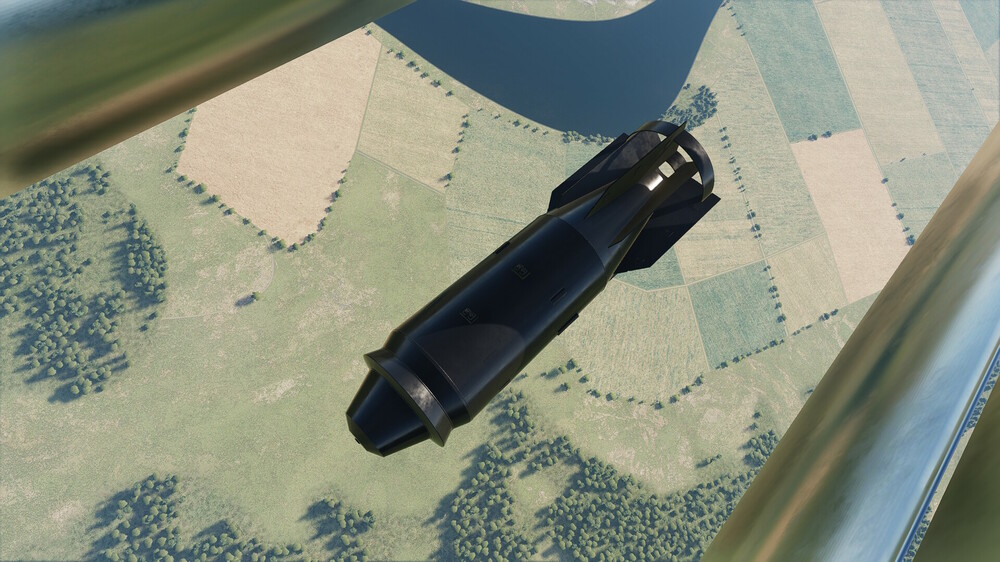

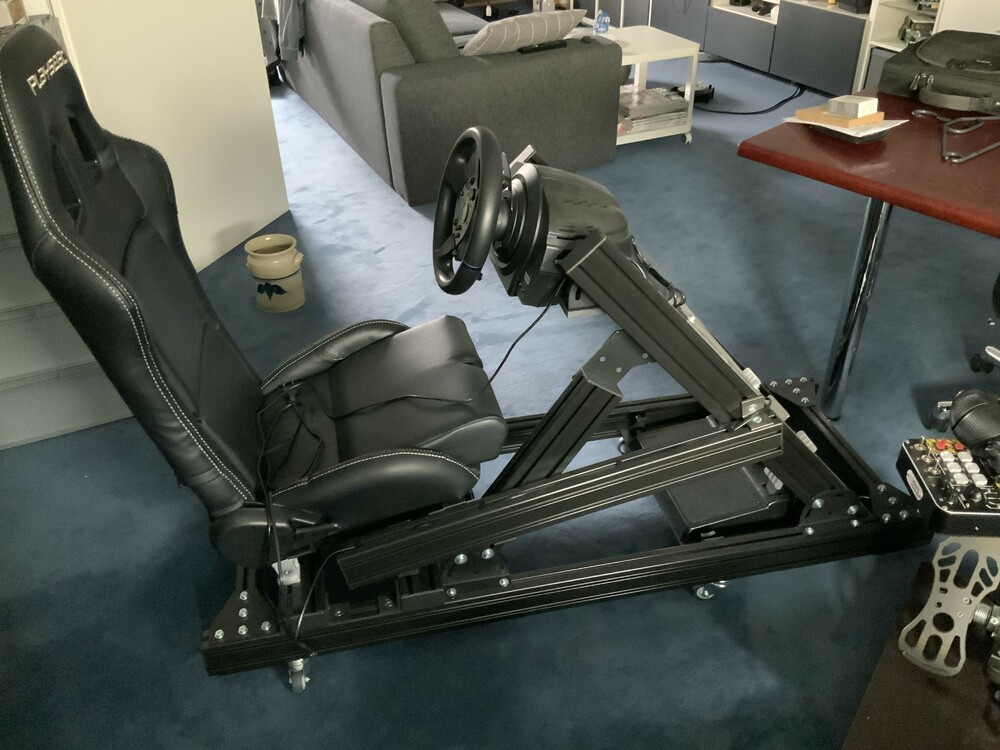
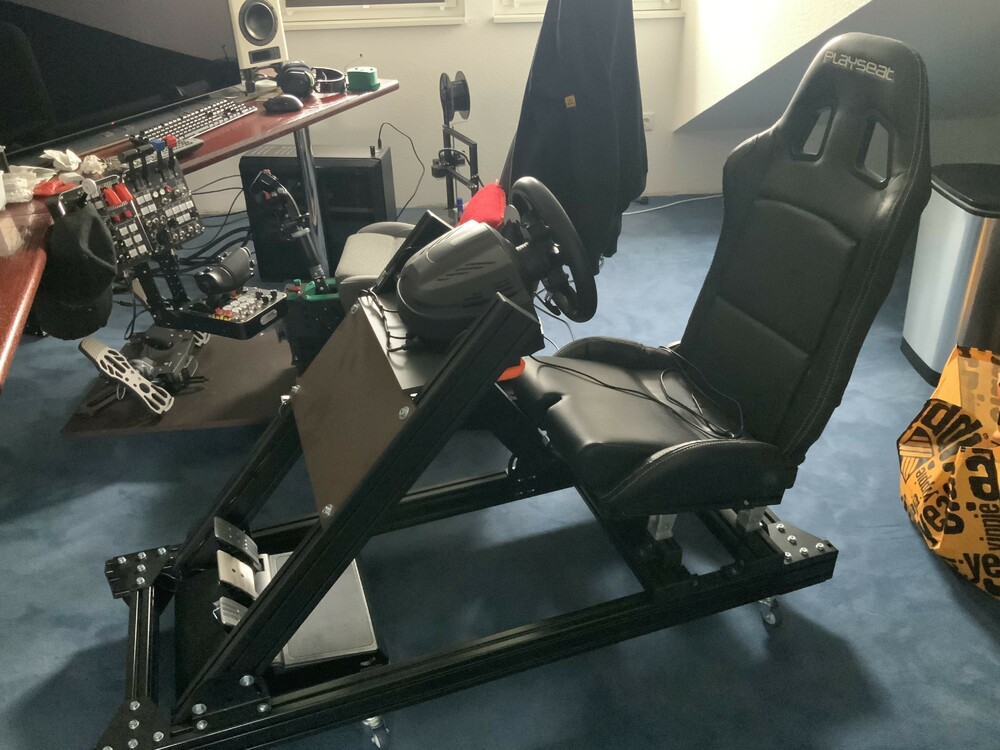



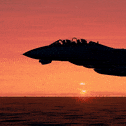
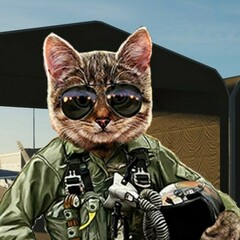
.thumb.jpeg.b9a38a8127c434fd6eba974eb2776d00.jpeg)
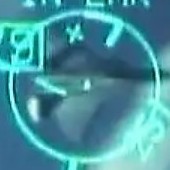
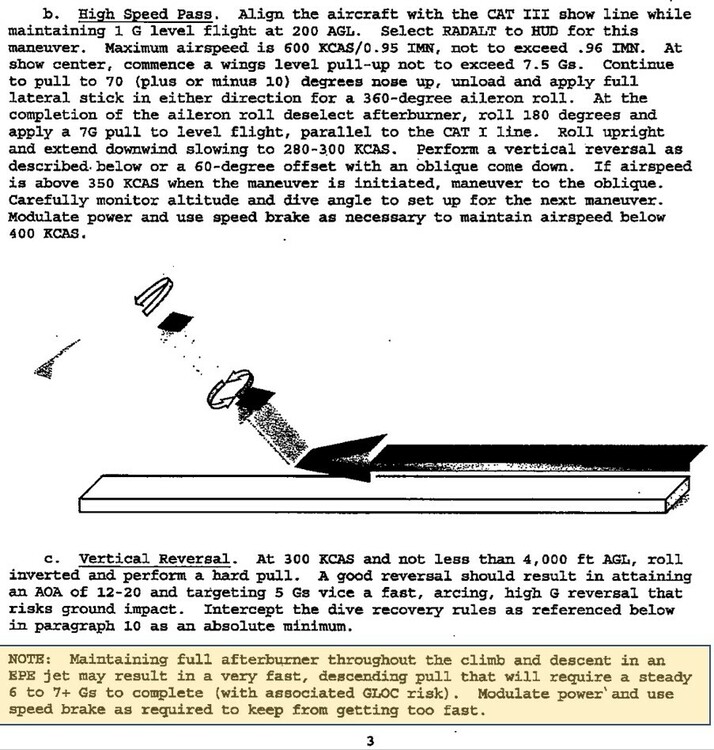
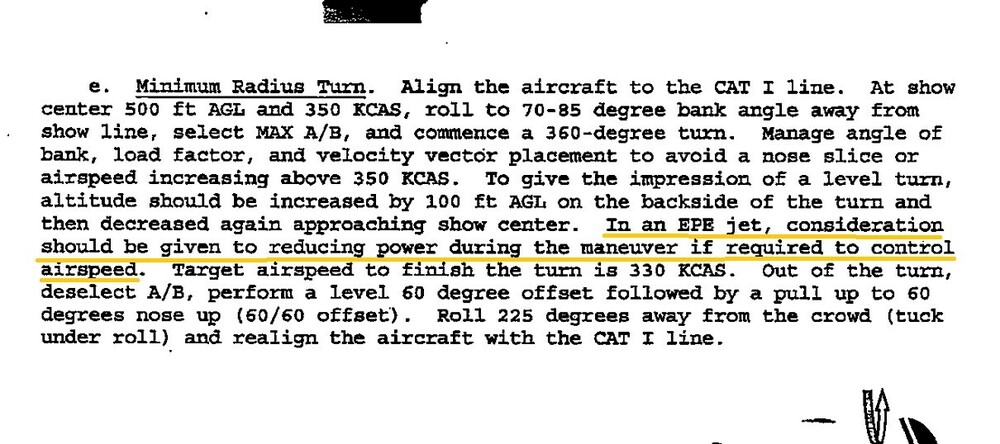
.thumb.jpg.1cfd8e192c4c6fd8e29874bf11ed6d7c.jpg)

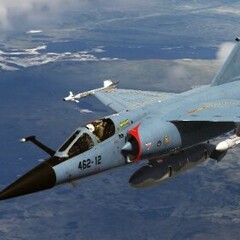


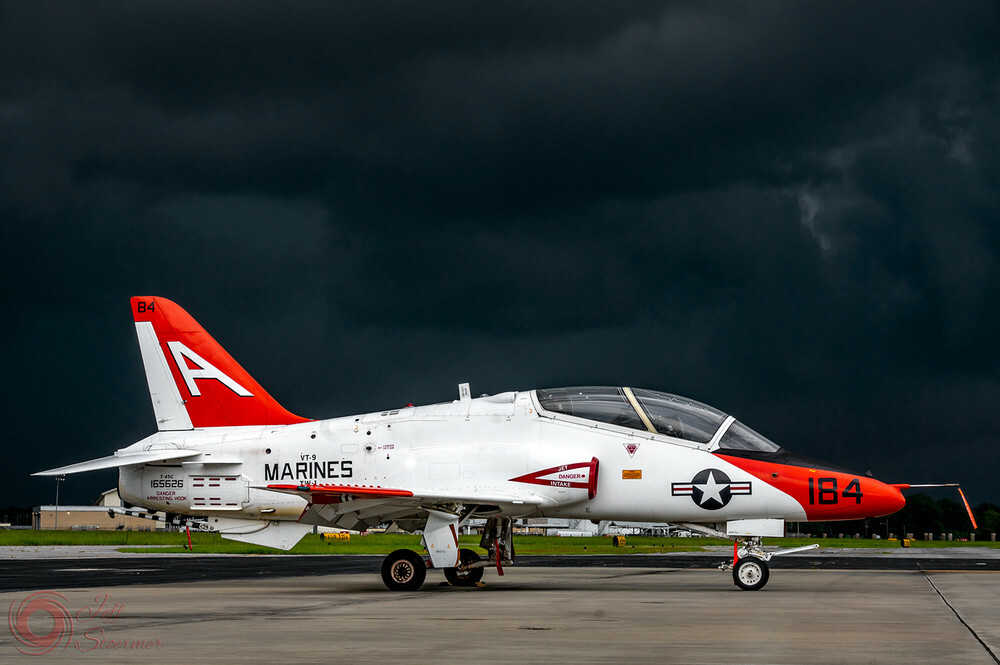
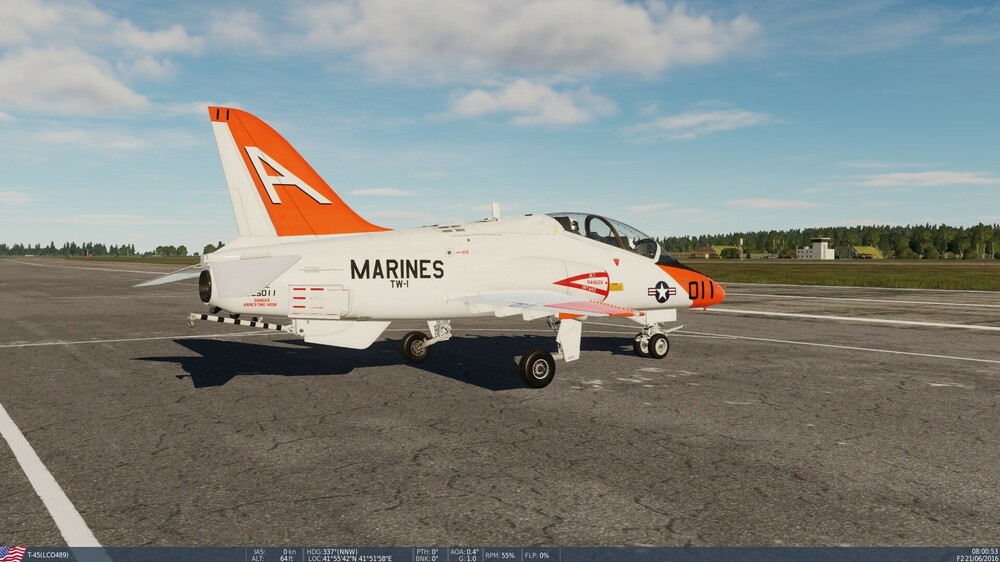
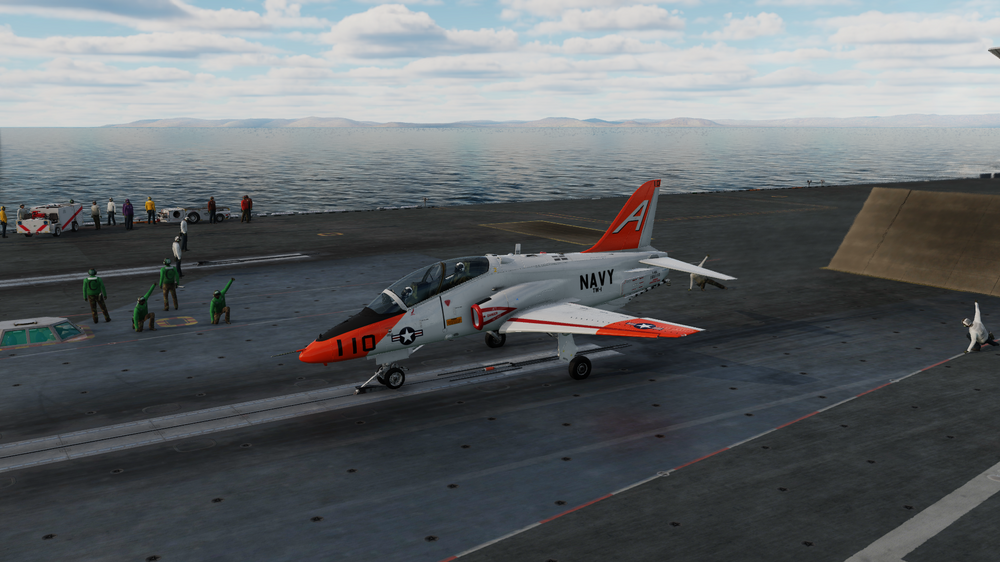
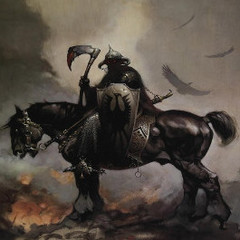


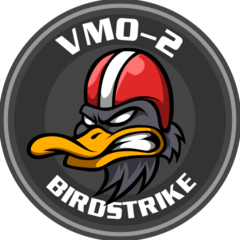
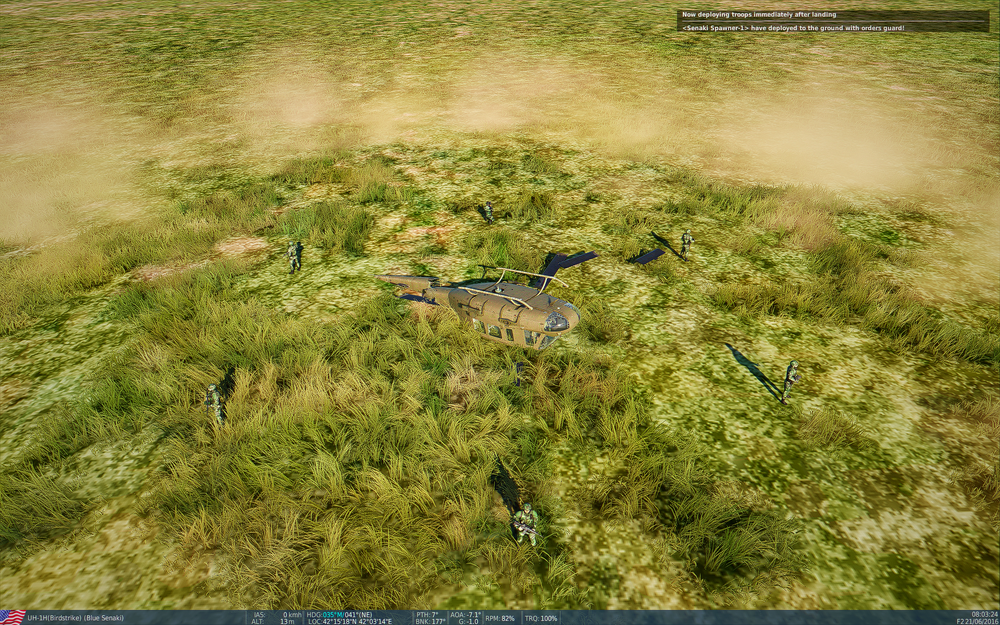

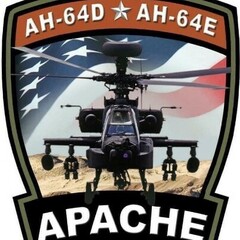
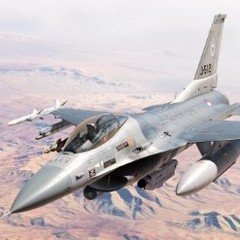
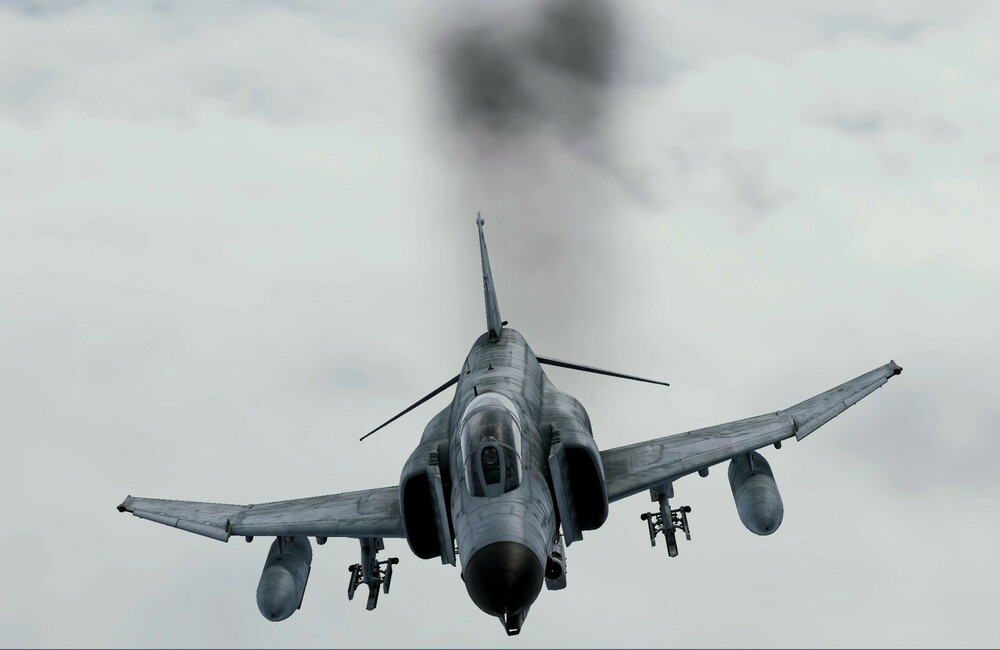
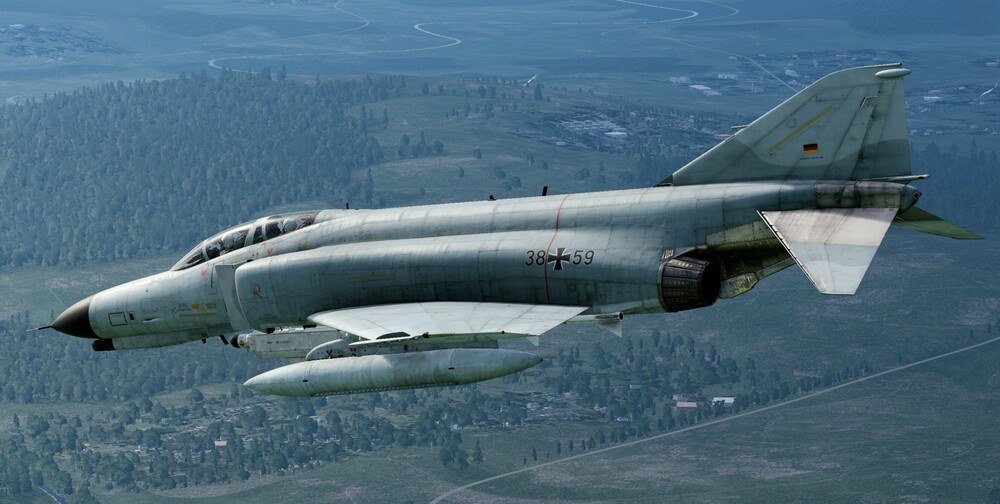
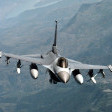
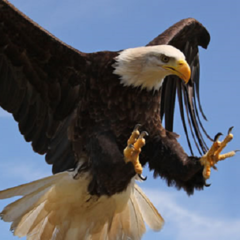
.thumb.jpeg.e9a5eea36533302653032ca510164dc5.jpeg)